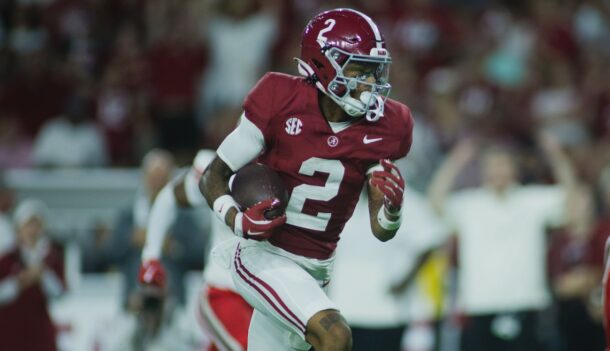
Cost of attendance was a non-issue this past recruiting cycle
By JC Shurburtt
Published:
Thus far, the much-discussed “cost of attendance” stipends that were hot topics of discussion last offseason have failed to be much of a factor, if at all, on the college football recruiting trail.
Not one soul — be it a prospect, parent, coach or analyst, mentioned cost of attendance as even close to being a determining factor on where any prospect signed this past recruiting cycle. It simply was a non-starter in terms of impact on decision-making.
That’s probably because the difference in money that a student athlete may get from a particular institution is not enough to sway a decision. Decisions are made, primarily, on comfort level. Comfort level is achieved by strong relationships first and foremost. There are other factors like program stability and reputation help to facilitate base interest, which allows coaching staffs to build those ever-important relationships, which in turn achieves comfort level.
That’s still the secret sauce in recruiting.
As we move forward, and as all programs get a hard-and-fast number in place and cost-of-attendance calculations change, you may see an isolated case or two where the extra cash helps a decision to be made. But the feeling here is that if it does indeed come down to the money, then the student athlete truly was torn with his decision and it’s probably similar to a coin flip or picking a school out of a hat — which regardless of what any prospect says publicly, happens on in the rarest of circumstance.
I agreed with Alabama head coach Nick Saban and some others who voiced the concern that all things needed to be somewhat equal when it comes to the new stipends. In other words, there needs to be some degree of uniformity and a range so that one school doesn’t have a ridiculously higher stipend than another, but so far there have been no cases like that and it appears all programs, depending on the level they are on (Power 5, Group of 5, etc.) seem to be within the same range.
So put this topic to bed as it relates to impacting recruiting … until it actually does. That day may never come and that’s a positive thing for college football.
Recruiting writer for Saturday Down South







